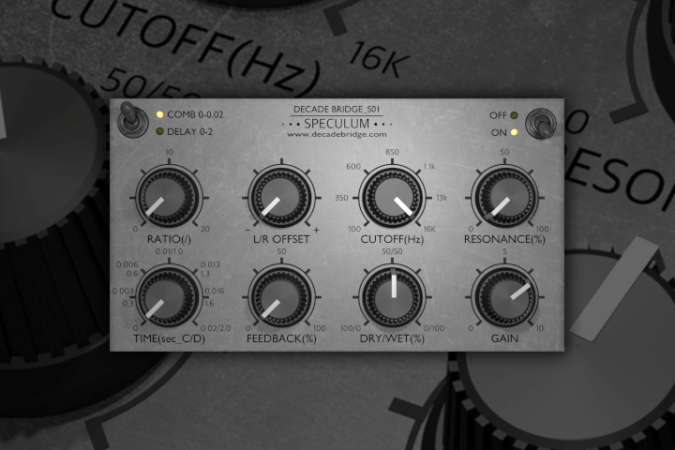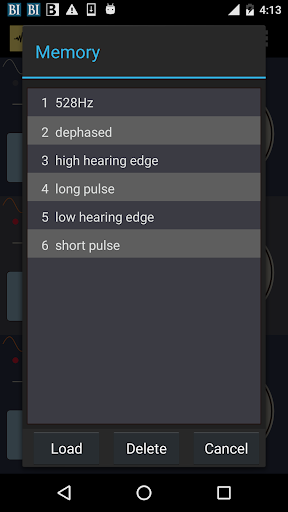

If you want to skip to the good (or at least better) stuff, watch the second video. But either I document this project here or on my turf & soil blog. Selecting a region changes the language and/or content on _stereo_control_joystick_w_freq_gen_0.bas (14044Bytes) When you listen to the result with stereo headphones, your mind perceives sound coming from within your head instead of from somewhere externally. However, the left channel’s noise is exactly inverse of the right channel’s noise. Inverse - Generates noise by using a single noise source (similar to the Mono option).Mono - Generates noise by using a single noise source, with the left and right channels set equally to that source.The left channel’s noise is completely independent of the right channel’s noise. Independent Channels - Generates noise by using two unique noise sources, one for each channel.A delay of zero is identical to monaural noise, where left and right channels are the same. About 900 to 1000 microseconds correspond to the maximum delay perceivable.

To specify the distance from center of the left and right noise sources, enter a delay value in microseconds. When you listen to the result with stereo headphones, your mind perceives sound coming from all around.
#Android tonegenerator volume how to#

Arrange and edit multitrack clips with Audition.How to use special effects with Audition.Diagnostics effects (Waveform Editor only) for Audition.Apply amplitude and compression effects to audio.Doppler Shifter effect (Waveform Editor only).
#Android tonegenerator volume manual#
Manual Pitch Correction effect (Waveform Editor only).Fade and Gain Envelope effects (Waveform Editor only).Applying effects in the Waveform Editor.Analyze phase, frequency, and amplitude with Audition.How to automate common tasks in Audition.Inverting, reversing, and silencing audio.How to copy, cut, paste, and delete audio in Audition.Displaying audio in the Waveform Editor.Matching loudness across multiple audio files.Edit, repair, and improve audio using Essential Sound panel.Remove silences from your audio recordings.Monitoring recording and playback levels.Navigate time and playing audio in Adobe Audition.Create, open, or import files in Adobe Audition.Customizing and saving application settings.Connecting to audio hardware in Audition.Applying effects in the Multitrack Editor.


 0 kommentar(er)
0 kommentar(er)
